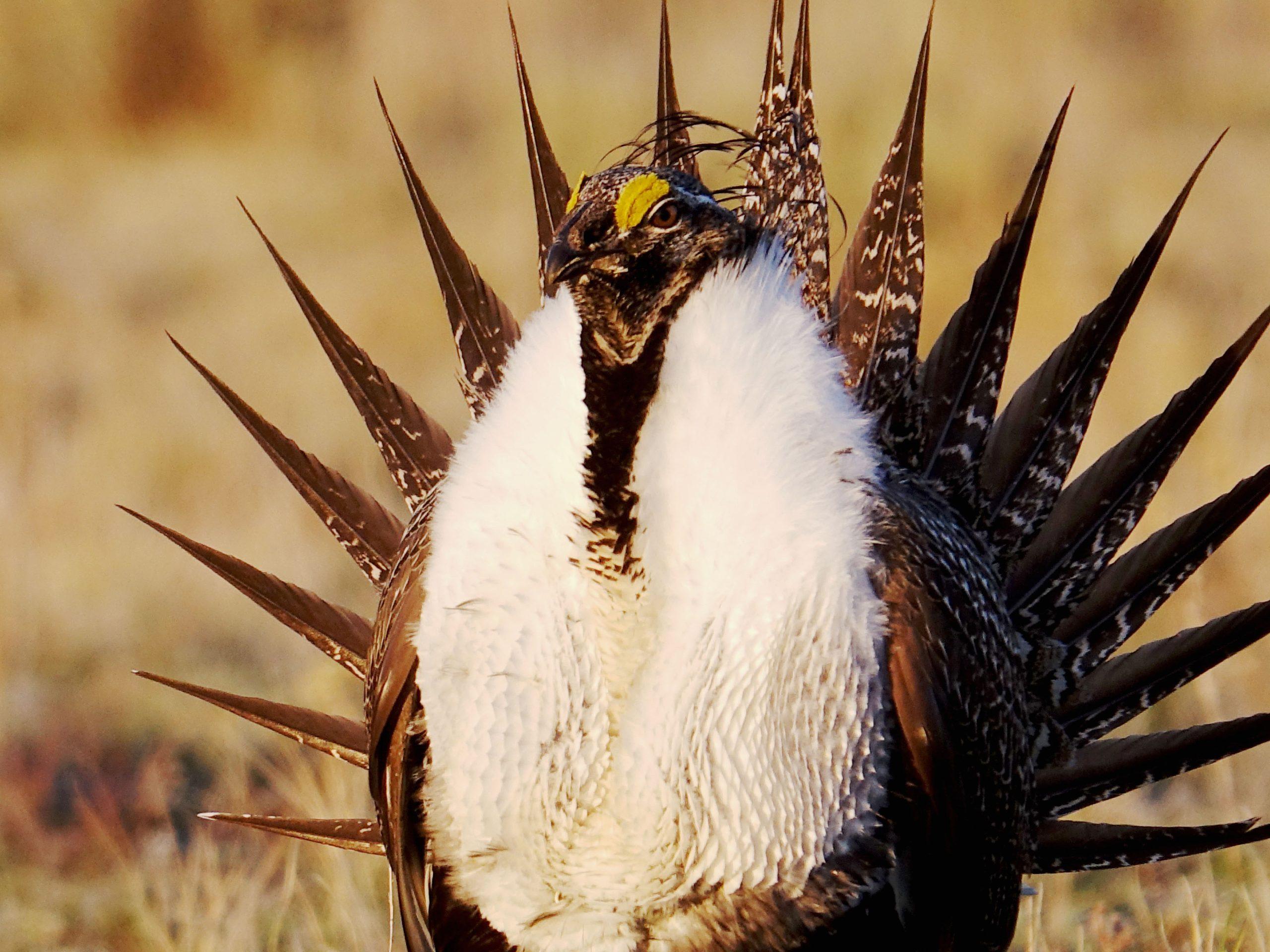Sage Grouse
-
The Upper Green River headwaters are in the Wind River Range. Photo by George Wuerthner The 170,000-acre Upper Green River Allotment, located on the Bridger-Teton National Forest in Wyoming, is the largest grazing allotment under Forest Service administration. It is also one of the best wildlife habitats in the West, and it is easily comparable…
-
For sagebrush and science geeks, USGS is hosting a series of webinars on sagebrush issues starting at the end of January Dates and Topics: 1/30 – Greater sage-grouse 2/6 – Invasive species, restoration effectiveness, and monitoring 2/20 – Monitoring, pinyon-juniper, and fuels management 2/27 – Fire, fuels management, invasive species 3/6 – Climate, carbon, and more…
-
Longtime habitat management techniques don’t stimulate vegetation growth in one sagebrush subspecies and may have detrimental effects on sage grouse and sagebrush-reliant songbirds, several studies show. The subtitle could be “No Sh#t Sherlock”. ts always nice when science is heard. For decades virtually all sage grouse experts were against killing sagebrush for sage grouse. The…
-
If you pay attention to livestock grazing issues on public lands, you invariably will see research promoting cattle grazing as the magic elixir that can repair damaged riparian areas, eliminate cheatgrass and other weeds, reduce wildfires, increase soil carbon storage, and improve habitat for endangered species like sage grouse. If you think this is too…
-
The sagebrush steppe dominates the drier parts of the West, including parts of Southeast Oregon, much of Nevada, southern Idaho, western Wyoming, western Colorado, western Utah, and parts of New Mexico. Sagebrush steppe covers 165 million acres of the West. Due to many factors, including farming, ranching, subdivisions, and, most importantly, range fires, sagebrush vegetation…
-
The BOSH project in southern Idaho ultimately plans to destroy tens of thousands of acres of juniper woodlands on BLM lands. BOSH stands for Bruneau-Owyhee Sagebrush Habitat Project. The advocates of the BOSH project use pejorative language to characterize the Juniper clearing from the landscape. Terms like “restoring” the “natural” condition of the land assume…
-
The numbers don’t lie — and the sage grouse “collaborative conservation effort” is a total and on-going failure. There were 16 million Greater Sage Grouse before Europeans arrived and began the destruction of the “sagebrush sea” in the Great Plains. The iconic birds were down to 400,000 in 2015 when Obama’s Secretary of Interior, Sally Jewell, rejected…
-
Prime pygmy rabbit sagebrush habitat along the Big Lost River where I lived while working for the Challis National Forest. Photo George Wuerthner Years ago, I worked on the Challis National Forest and lived along the Big Lost River in Central Idaho. One of my favorite winter activities was skiing through the big sagebrush…







